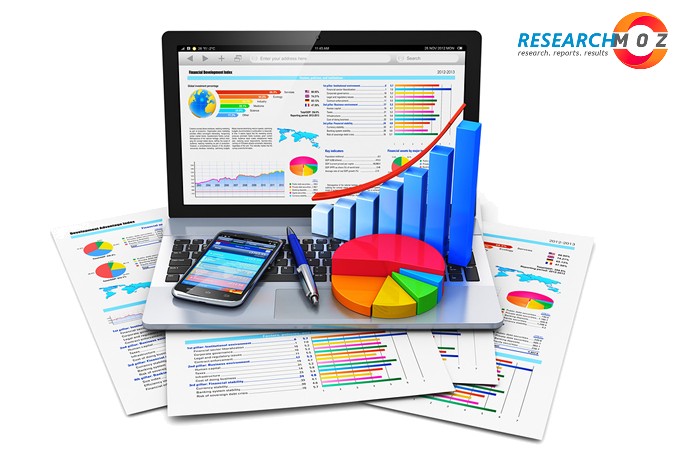
COVID-19: Managing supply chain risk and disruption
Coronavirus highlights the need to transform traditional supply chain models
Could COVID-19 be the black swan event that finally forces many companies, and entire industries, to rethink and transform their global supply chain model? One fact is beyond doubt: It has already exposed the vulnerabilities of many organizations, especially those who have a high dependence on China to fulfil their need for raw materials or finished products.
China’s dominant role as the “world’s factory” means that any major disruption puts global supply chains at risk. Highlighting this is the fact that more than 200 of the Fortune Global 500 firms have a presence in Wuhan, the highly industrialized province where the outbreak originated, and which has been hardest hit. Companies whose supply chain is reliant on Tier 1 (direct) or Tier 2 (secondary) suppliers in China are likely to experience significant disruption, even if, according to the most optimistic reports, conditions approach normalcy in China by April.
How can organizations respond to the immediate change?
As the COVID-19 threat spreads, here are measures companies can take to protect their supply chain operations:
For companies that operate or have business relationships in China and other impacted countries, steps may include:
- Educate employees on COVID-19 symptoms and prevention
- Reinforce screening protocols
- Prepare for increased absenteeism
- Restrict non-essential travel and promote flexible working arrangements
- Align IT systems and support to evolving work requirements
- Prepare succession plans for key executive positions
- Focus on cash flow
For companies that produce, distribute, or source from suppliers in China and other impacted countries, steps may include:
- Enhance focus on workforce/labor planning
- Focus on Tier 1 supplier risk
- Illuminate the extended supply network
- Understand and activate alternate sources of supply
- Update inventory policy and planning parameters
- Enhance inbound materials visibility
- Prepare for plant closures
- Focus on production scheduling agility
- Evaluate alternative outbound logistics options and secure capacity
- Conduct global scenario planning
For companies that sell products or commodities to China and other impacted countries, steps may include:
- Understand the demand impact specific to your business
- Confirm short-term demand-supply synchronization strategy
- Prepare for potential channel shifts
- Evaluate alternative inbound logistics options
- Enhance allocated available to promise capability
- Open channels of communication with key customers
- Prepare for the rebound
- Conduct global scenario planning
Looking ahead: the imperative for a new supply chain model
A decades-long focus on supply chain optimization to minimize costs, reduce inventories, and drive up asset utilization has removed buffers and flexibility to absorb disruptions─and COVID-19 illustrates that many companies are not fully aware of the vulnerability of their supply chain relationships to global shocks.
Share your opinions with us in the comment box. Subscribe us to get updates.
Read more at COVID-19: Managing supply chain risk and disruption











